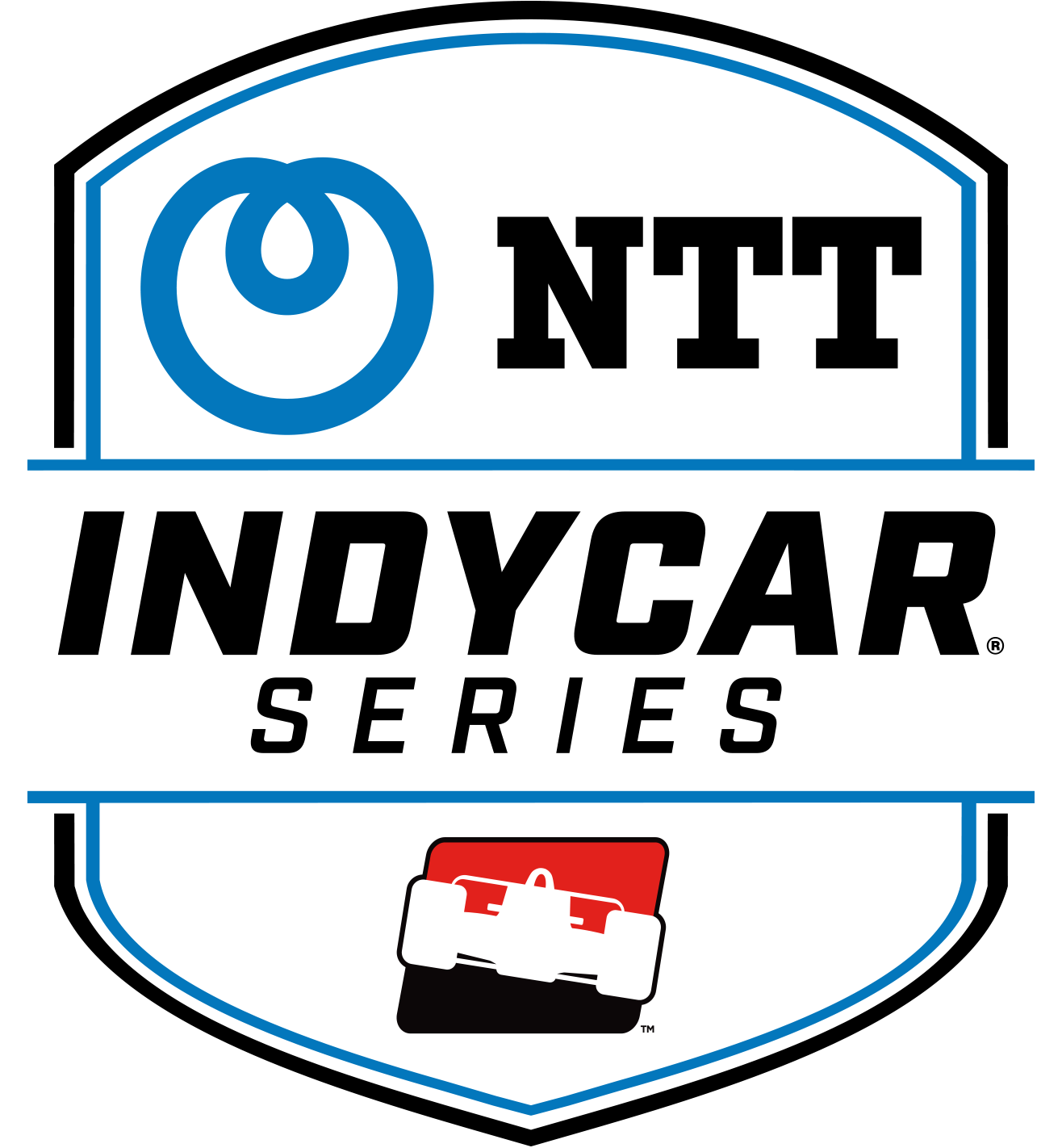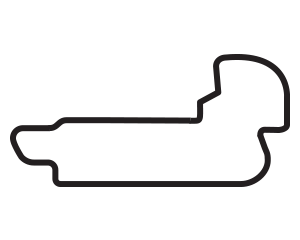Fine-tuning the game plan in Year 3 of Brazil circuit
APR 23, 2012
Minor alterations to the 2.536-mile, 11-turn temporary street circuit and venue for the Itaipava São Paulo Indy 300 presented by Nestle certainly will be noticeable to drivers and spectators this weekend in São Paulo, Brazil.
Circuit designer Tony Cotman said the painted Turn 1 runoff, which became a skating rink when wet last year, has been addressed with a non-skid paint along with a “pretty significant” bump in the transition from the concrete surface of the Anhembi Sambodromo to the asphalt leading into Turn 1.
“The layout of the track has not changed and the curbs have not changed,” Cotman said. “Reducing some of the bumps was among the goals that have been addressed. Also, drainage in five or six locations has been addressed. Now that it’s all done, we hope we don’t need it.”
Click it: Race weekend schedule || Pit lane assignments || Session 1 group
A grandstand will be added in Turn 11 – the right-hander that flows from the longest straightaway on the IZOD IndyCar Series schedule and one of the best overtaking areas into the Anhembi Sambodromo – as a structure that prevented its placement the previous two years has been razed. Also, directional signage and concession stand placement have been addressed.
“They are subtle things to help people get around," Cotman said. "A lot of people won’t notice the things, but it will be more efficient, more fluid and it will be fun. They’re such passionate fans and take a great interest in this race.”
The role of Cotman’s company, NZR Consulting, in the event also has evolved to the benefit of his down time. In constructing the circuit, 27,456 feet of fencing, 41 miles of fence cabling, 5,450 fence poles, 11,000 tires, and about 100 miles of reinforcing steel rod (for building the 5.2 miles of cement barriers) were used. Because of the heavy traffic – there are 7 million vehicles in use in the city -- the event will be held on the weekend only.
“The city’s support has been incredible, and the people who are working on the ground have enough of a knowledge base now that they know what to do and what to expect,” Cotman said. “This year, we’re a week ahead of past years.
“You look back to Year 1 and it was do whatever you could to get the race on. Year 2 was a significant repave of the entire circuit with higher-grade asphalt and reducing bumps. The lap times were quicker, but we weren’t able to utilize it on race day because of the weather. Year 3 is about fine-tuning some of these areas.
“For us, it’s more of an overseeing role like it should be rather than a hands-on role and that’s been the biggest difference.”
A look at the circuit:
The Anhembi Sambodromo straight leads into Turns 1-2 called the S do Samba (Esses of Samba), which are across from where the colorful floats of Carnival parades are parked for public viewing. Turns 3-4 are the Curva da Base Aérea (Air Base Corner; located across the street from the air base).
Cars then enter a short straight on Olavo Fontoura Avenue – named Reta de Marte after Campo de Marte airport, host of aircraft services of São Paulo’s Civil and Military police (site of São Paulo’s first airport).
Turn 5 is the Curva do Anhembi (in the Pavilion Expo Park), while Turn 6 is the Curva 14 Bis. Turn 7 is the Curva do Pavilhão (Pavilion Corner) and Turn 8 is the Curva Espéria. Turn 9 is called the Curva das docas (Curve of the Docs).
Turn 10 is the Curva Tietê (named for the river a few yards away). That leads onto the long Reta dos Bandeirantes, which pays homage to the explorers who left São Paulo to expand the Brazilian territory in the 16th century. They used the Tietê River as one of their transportation trails.
Turn 11, the big right-hander that leads into the Anhembi Sambodromo, is the Curva da Vitória (Victory Hairpin).























